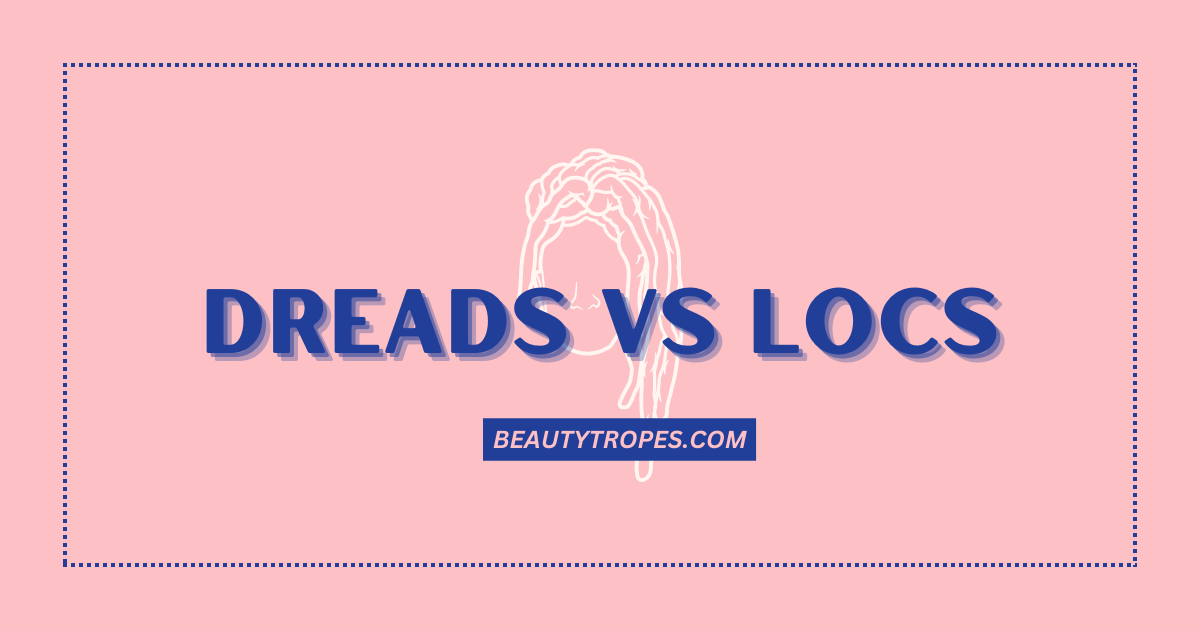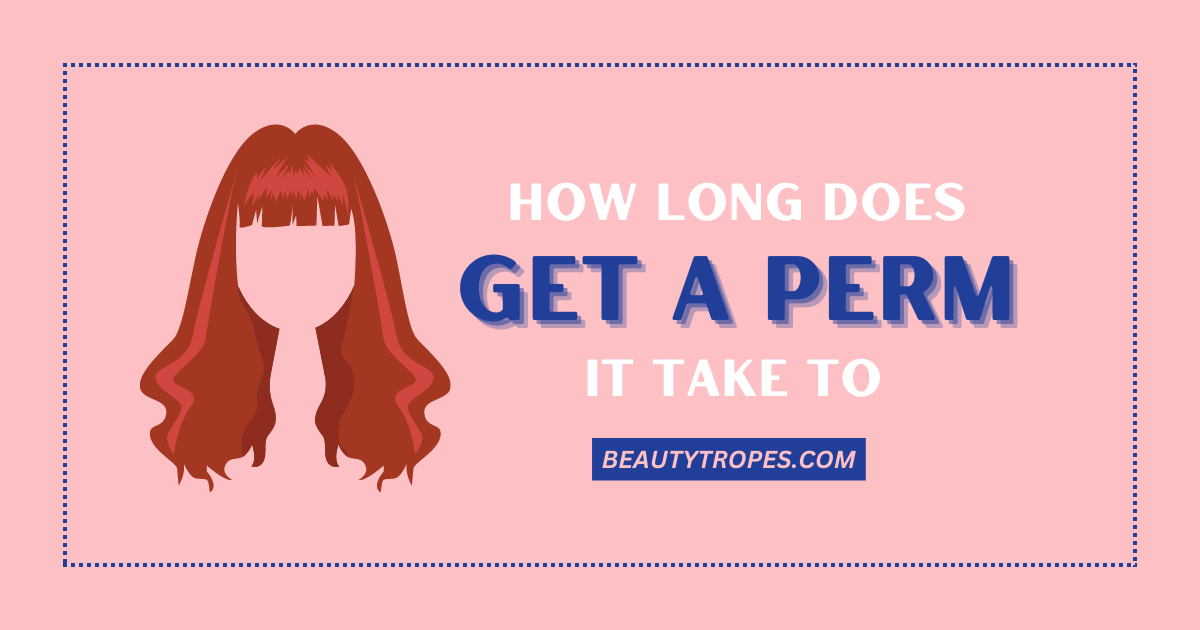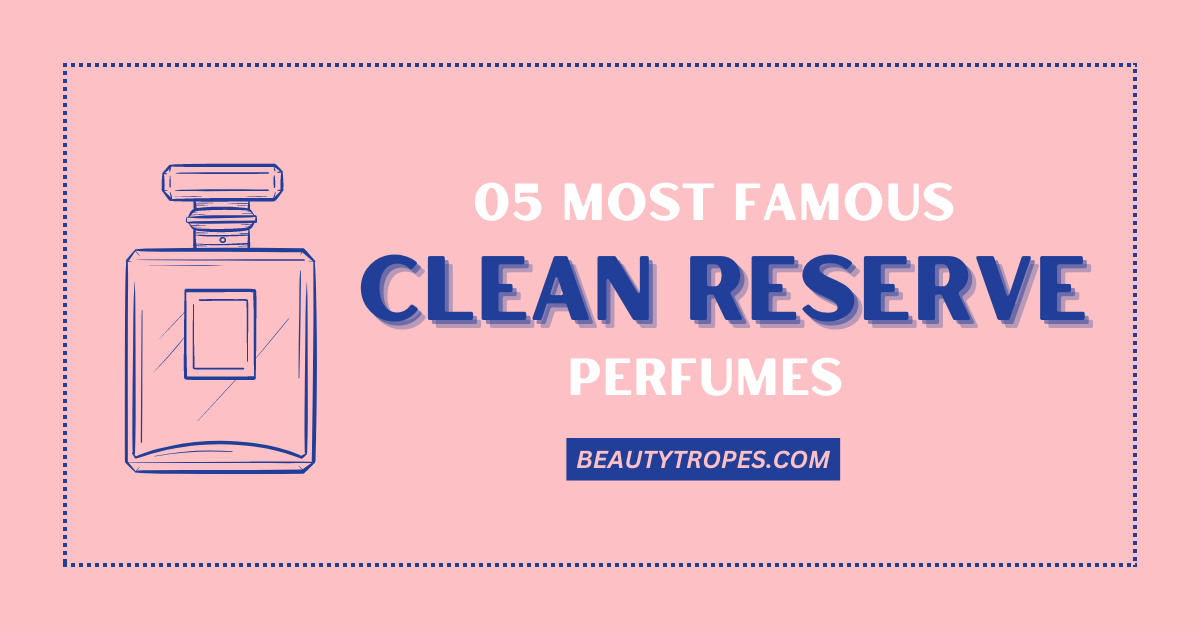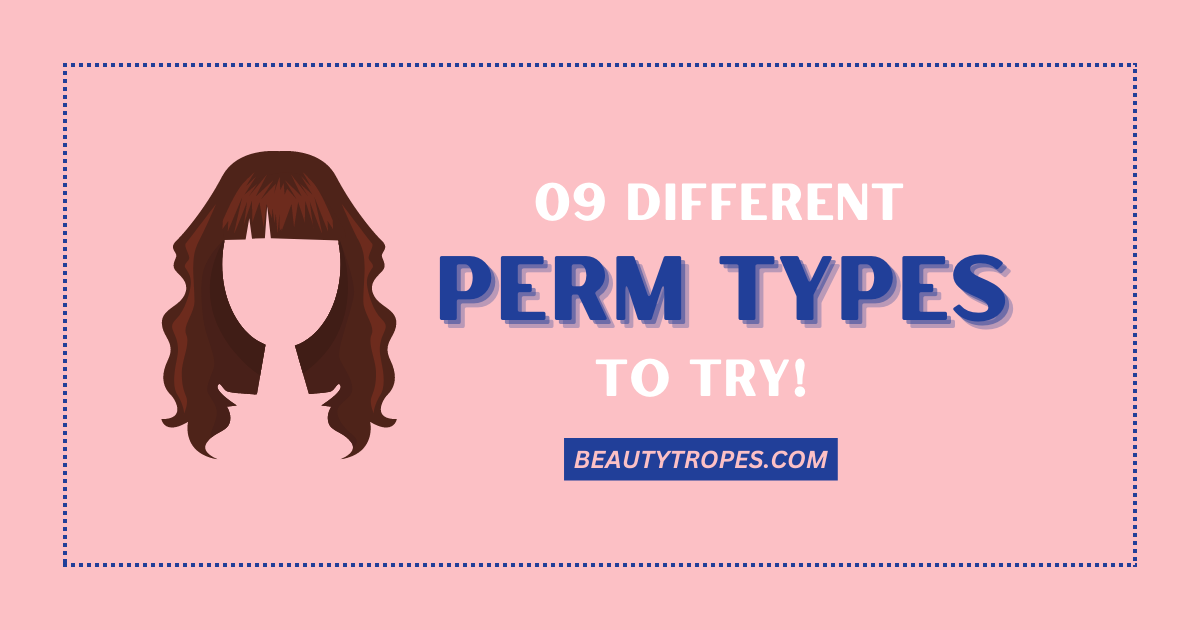Dreads Vs Locs: Everything in This Comprehensive Guide
Dreads and locs are not just hairstyles but also a symbol of cultural and personal identity for many people around the world. With their rich history and cultural significance, these hairstyles have evolved over time, from their ancient origins to their current place in different cultures.
This article will explore the history and evolution of dreads and locs, including their various types, maintenance, and care. We will also examine the role of gender, politics, and Western beauty standards in shaping the perception of these hairstyles.
History
The history of dreads and locs can be traced back to ancient times, with evidence of their existence in various cultures and civilizations. In Egypt, mummies with dreadlocked hair have been found, indicating that the practice of wearing dreadlocks dates back at least 4000 years. The ancient Greeks and Romans also wrote about them, describing them as a symbol of the Ethiopian and Indian cultures.
In many African cultures, dreadlocks were worn as a way to express one’s spirituality and connection to the divine. The Maasai people of East Africa, for example, wore dreadlocks as a symbol of their connection to their gods and as a way to distinguish themselves from other tribes. In Jamaica, Rastafarians adopted the practice of wearing them to symbolize their rejection of Western values and their commitment to African culture and spirituality.
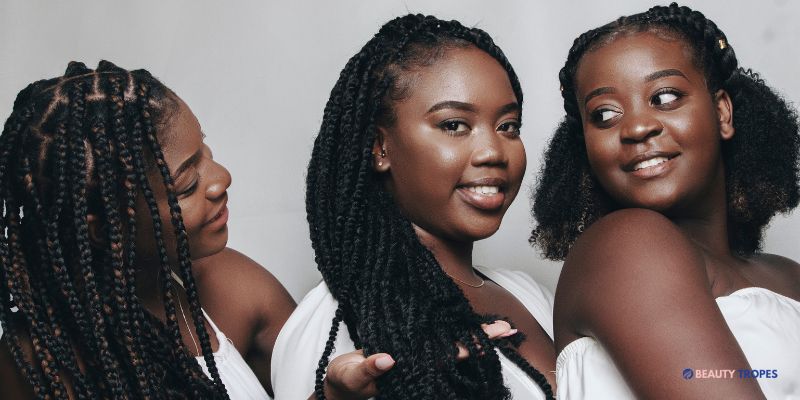
In the United States, dreadlocks gained popularity during the 1960s and 1970s as a symbol of the counterculture movement. This was particularly true within the African American community, where dreadlocks were seen as a way to reject mainstream beauty standards and embrace natural hair. The rise of reggae music and the Rastafarian movement also helped to popularize dreadlocks in the United States and around the world.
Today, dreadlocks and locs are still a popular hairstyle choice for many people. While some still view them as a symbol of rebellion or nonconformity, many people wear them simply because they like the way they look and feel.
The Role of Gender
Gender has played a significant role in the history of dreads and locs. In many cultures, men have traditionally been the primary wearers of dreadlocks and locs. This is particularly true in the Rastafarian movement, where men often wear long, thick dreadlocks as a symbol of their spirituality and connection to their African heritage.
However, in recent years, women have been embracing dreadlocks and locs as a way to celebrate their natural hair and express their cultural identity. This has led to a growing movement of women who are challenging traditional beauty standards and embracing their unique, natural hair textures
What is the difference between dreads and locs?
Dreadlocks and locs are both hairstyles that involve the matting and twisting of hair into rope-like strands.
However, there are differences in how they are created and maintained. Let’s discuss difference between locs and dreads.
Dreadlocks
Dreadlocks are formed by backcombing, twisting, or interlocking the hair to create tightly knotted strands that resemble ropes. This process can take several hours and may require the use of wax or other products to help hold the knots together.
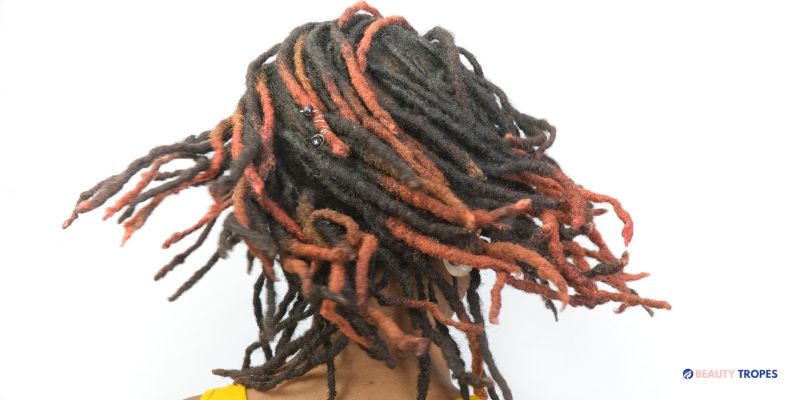
Dreadlocks can be formed on any hair type, but they are most commonly associated with people of African descent.
Locs
Locs, on the other hand, are created by allowing the hair to naturally mat and knot over time. Unlike dreadlocks, which require a lot of maintenance to keep the knots tight, locs are formed by simply washing and separating the hair regularly.
Locs are also commonly associated with people of African descent, and they have been worn for centuries. In some African cultures, locs were a sign of wisdom and maturity, while in others, they were a way to symbolize a person’s spiritual beliefs.
Different Types
Over time, different techniques and methods have been developed to create different types of dreads and locs.
Dreads Types:
- Freeform Dreads: This type of dreadlocks is created by allowing the hair to naturally form into locks without any manipulation or maintenance. This method is popular among those who want a more natural and organic look.
- Interlocked Dreads: Interlocked dreads are created by using a special tool to interlock the hair at the roots. This technique creates a tighter and more secure lock, and it is ideal for those with thicker or coarser hair.
- Palm Rolled Dreads: Palm rolling is a technique that involves rolling the hair between the palms to encourage it to form into locks. This technique is ideal for those with softer or finer hair, and it creates a more natural and organic look.
- Crochet Dreads: Crochet dreads are created by using a crochet hook to pull the hair through a looped section of hair. This technique creates a tight and secure lock, and it is ideal for those with thicker or coarser hair.
- Backcombed Dreads: Backcombing is a technique that involves teasing the hair to create volume and texture. The hair is then twisted and rolled into a dread. Backcombed dreads require regular maintenance to keep them looking neat and tidy.
- Twist and Rip Dreads: Twist and rip is a technique that involves twisting and pulling sections of hair to create dreads. This technique creates a more natural and organic look, and it is ideal for those who want a more laid-back and bohemian style.
Locs Types:
- Sisterlocks: Sisterlocks are a type of loc that are created using a specialized technique that involves creating very small, uniform sections of hair. The sections are then tightly interlocked to create a neat and uniform look. Sisterlocks are a popular option for those who want a more refined and uniform look, and they are ideal for those with fine or thin hair.
- Freeform Locs: Freeform locs are created by simply allowing the hair to grow and naturally form into locks over time. This technique requires little maintenance and allows for a more natural and organic look.
- Interlocked Locs: Interlocked locs are created by using a specialized tool to interlock the hair at the roots. This technique creates a tighter and more secure lock, and it is ideal for those with thicker or coarser hair.
- Palm Rolled Locs: Palm rolling is a technique that involves rolling the hair between the palms to encourage it to form into locks. This technique is ideal for those with softer or finer hair, and it creates a more natural and organic look.
- Crochet Locs: Crochet locs are created by using a crochet hook to pull the hair through a looped section of hair. This technique creates a tight and secure lock, and it is ideal for those with thicker or coarser hair.
- Backcombed Locs: Backcombing is a technique that involves teasing the hair to create volume and texture. The hair is then twisted and rolled into a loc. Backcombed locs require regular maintenance to keep them looking neat and tidy.
- Two-Strand Twists: Two-strand twists are a type of loc that are created by twisting two strands of hair together. This technique creates a more natural and organic look, and it is ideal for those who want a more laid-back and bohemian style.
Maintenance
Dread and locs both required different maintenance.
Dreads Maintenance
Dreadlocks require a lot of maintenance to keep them looking neat and tidy. The maintenance of dreads involves a combination of techniques, including washing, separating, and re-twisting.
Washing
Keeping your dreadlocks clean is essential to prevent build-up of dirt and oils, which can cause odors and other issues. However, washing too frequently can cause your dreads to unravel, so it is important to find a balance. Many people recommend washing them once a week, but this can vary depending on your hair type and lifestyle.
Separating
As your dreadlocks grow, the hair can start to tangle and merge together, creating larger “clumps” of hair. To prevent this from happening, it is crucial to separate your dreads regularly, ideally every few days. This involves gently pulling apart any strands of hair that are starting to merge together.
Re-twisting
To keep your dreadlocks looking neat and tidy, you may need to re-twist them periodically. This involves twisting the hair around itself to create a more defined dread. Some people prefer to do this themselves, while others may seek the help of a professional. However, be careful not to overdo it, as too much twisting can cause your dreads to weaken or break.
Locs Maintenance
Locs require less maintenance than dreadlocks, but they still need attention to keep them healthy and looking good. It involves a combination of techniques, including washing, moisturizing, and retwisting.
Washing
Like dreadlocks, locs must be washed regularly to keep them clean and prevent odors. However, washing too frequently can cause your locs to unravel or become weakened. It is recommended that you wash your locs once every one to two weeks, depending on your hair type and lifestyle.
Moisturizing
Keeping your locs moisturized is essential to prevent dryness and breakage. There are many different products available to help moisturize your locs, including oils, creams, and sprays. However, be careful not to use too much product, as this can cause build-up and make your locs look greasy.
Retwisting
Like dreadlocks, locs can start to merge together over time, especially if you have fine or thin hair. You may need to retwist your locs periodically to prevent this from happening.
Products for Dreads and Locs
Dreadlocks and locs are unique hairstyles that require specialized care to maintain their shape, texture, and overall health. Proper hair care products can help keep them looking their best while also preventing common issues such as dryness, breakage, and frizz. Let’s discuss some of the best hair care products for these hair styles, as well as products to avoid.
Best Products for Dreads and Locs
- Residue-Free Shampoo – A residue-free shampoo is essential for maintaining healthy dreads and locs. This type of shampoo does not leave behind any build-up that can cause dryness or damage to the hair. Look for a shampoo specifically formulated for dreadlocks and locs that does not contain sulfates or other harsh chemicals.
- Natural Oils – Natural oils such as coconut, jojoba, and argan oils are great for keeping dreads and locs moisturized and healthy. These oils can be used to massage the scalp and work their way down the hair shaft to provide nourishment and shine.
- Locking Gel – Locking gel is a must-have product for maintaining the shape and texture of dreads and locs. Look for a water-based locking gel that does not contain heavy chemicals or synthetic fragrances.
- Satin Bonnet – A satin bonnet is a great way to protect dreads and locs while sleeping. It will prevent them from getting tangled or damaged while you sleep.
- Dreadlock Beeswax – Beeswax can be used to help hold the shape of dreads and locs. However, it is important to use beeswax sparingly as too much can cause build-up and damage to the hair.
Products to Avoid
- Heavy Oils – Heavy oils such as olive, castor, and mineral oils can weigh down them and cause build-up. It is best to avoid these types of oils and stick with natural oils such as coconut and jojoba.
- Conditioner – Conditioner can cause dreads and locs to unravel and lose their shape. It is best to avoid using conditioner on dreads and locs.
- Wax – Wax is a popular product for maintaining dreads and locs, but it can be difficult to remove and can cause build-up and damage to the hair. It is best to avoid using wax and stick with natural oils and locking gel.
- Heavy Chemicals – Heavy chemicals such as sulfates, parabens, and synthetic fragrances can cause dryness, breakage, and damage to dreads and locs. It is best to avoid products that contain these types of chemicals and stick with natural, organic hair care products.
- Tight Hairstyles – Tight hairstyles such as ponytails, braids, and twists can cause stress and damage to dreads and locs. It is best to avoid these types of hairstyles and stick with loose, natural styles that allow them to breathe.
How to Style Dreads and Locs for Different Occasions?
These popular and unique hairstyles that can be worn in a variety of ways to suit different occasions. With a little creativity and the right tools, you can style your dreads and locs to look chic and elegant for formal events, or casual and relaxed for everyday wear.
Formal Occasions
- Updo – A sleek updo is perfect for formal occasions. To create this look, simply pull your dreads or locs back into a low bun or ponytail and secure with hairpins or an elastic band. This style is elegant and sophisticated, and works well with a variety of outfits.
- Twist and Pin – To add some texture to your updo, try twisting and pinning sections of your dreads or locs to create a more intricate look. This style is perfect for weddings or other formal events where you want to look your best.
- Half Up, Half Down – For a more relaxed yet still formal look, try wearing your dreads or locs half up and half down. Simply pull the top half of your hair back and secure with a hairpin or elastic band. This style works well with long or medium-length dreads or locs.
Casual Occasions
- Top Knot – A top knot is a great option for casual occasions. To create this style, simply pull your dreads or locs back into a high ponytail and wrap them around themselves to create a bun. Secure with hairpins or an elastic band. This style is simple and easy to create, and works well with any casual outfit.
- Braids – Braids are a classic and versatile hairstyle that work well with dreads and locs. You can create a variety of braids such as fishtail, box braids or twists, depending on your preference. This style is perfect for a day out with friends or running errands.
- Head Wrap – A head wrap is a great way to add some flair to your casual look. Simply wrap a scarf or headwrap around your head, leaving the ends to hang down at the back. This style is perfect for a day at the beach or running errands.
Work Occasions
- Low Ponytail – A low ponytail is a great option for work occasions. Simply pull your dreads or locs back into a low ponytail and secure with an elastic band. This style is simple and professional, and works well with any work outfit.
- Bun with a Twist – For a more sophisticated work look, try a bun with a twist. Simply pull your dreads or locs back into a low bun, and twist sections of the hair around the base of the bun to add some texture. This style is professional and stylish, and works well for presentations or meetings.
- Simple Braid – A simple braid is a classic and professional style that works well with dreads and locs. To create this look, simply braid your dreads or locs down the back of your head and secure with an elastic band. This style is perfect for a day in the office.
Note:
These are general guidelines and the specific care needed for dreads or locs may vary based on individual hair type and style. Researching and consulting with a stylist experienced in working with natural hair textures is important to ensure proper care and maintenance.
Final Thoughts
The history and significance of dreadlocks and locs is vast and complex. From their ancient origins to their current place in popular culture, these hairstyles have played a significant role in African-American culture and beyond. However, they are not without controversy, as they have been the subject of cultural appropriation and have been used to enforce Western beauty standards.
By understanding the various types of dreadlocks vs locs, their maintenance and care, their cultural and political significance, we can appreciate their unique beauty and the role they play in shaping the cultural identity.
FAQs
Why are locs called dreads?
The term “dreadlocks” is believed to have originated during the slave trade, when Europeans saw the twisted, matted hair of some Africans and thought it looked dreadful. Over time, the term has been reclaimed by those who wear the hairstyle as a source of pride.
What is the difference between locs dreads and twists?
Dreadlocks and locs are essentially the same hairstyle, but “locs” is a more modern and politically correct term that is often preferred by those who wear the style. Twists, on the other hand, are a different hairstyle that involves twisting two strands of hair together.
Are locs short for dreadlocks?
Yes, “locs” is a shortened version of “dreadlocks,” but it is also considered a more inclusive and respectful term that reflects the cultural significance of the hairstyle.
Can locs be undone?
Yes, locs can be undone, but it can be a time-consuming and sometimes painful process. To undo locs, the hair must be carefully detangled and combed out, which can cause breakage and damage to the hair.

